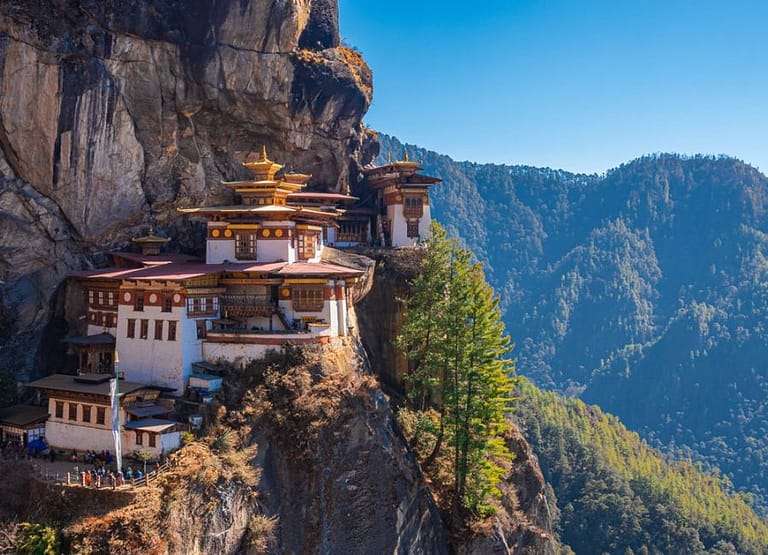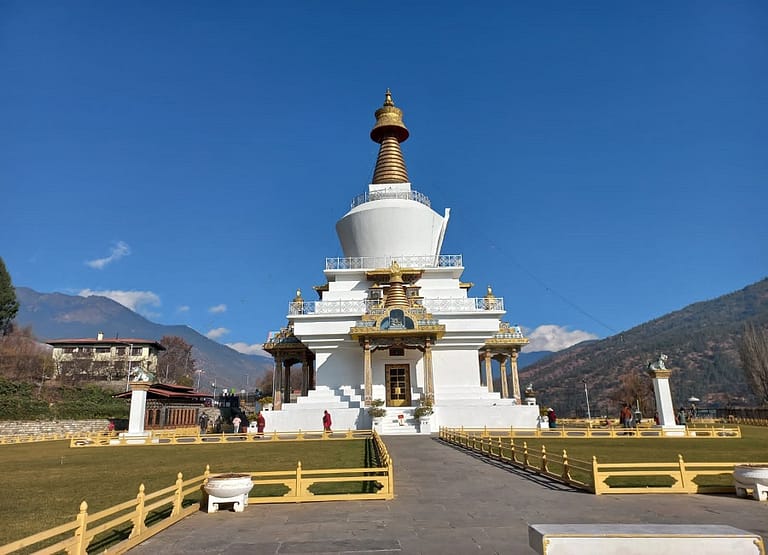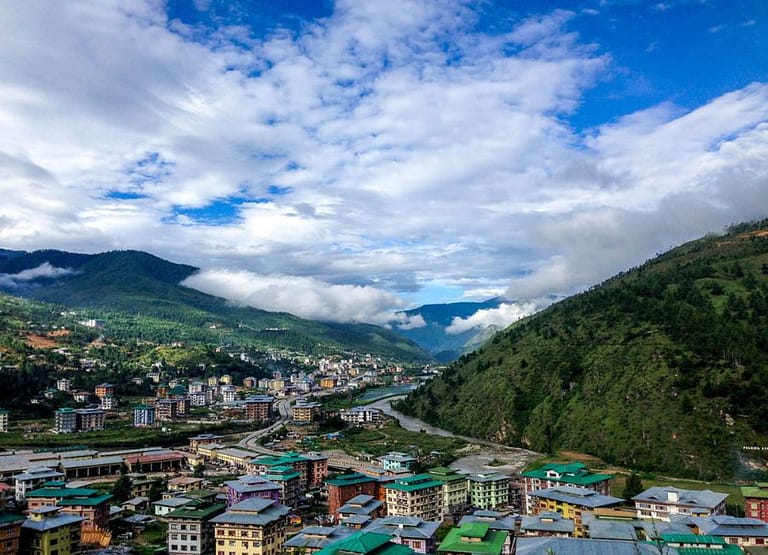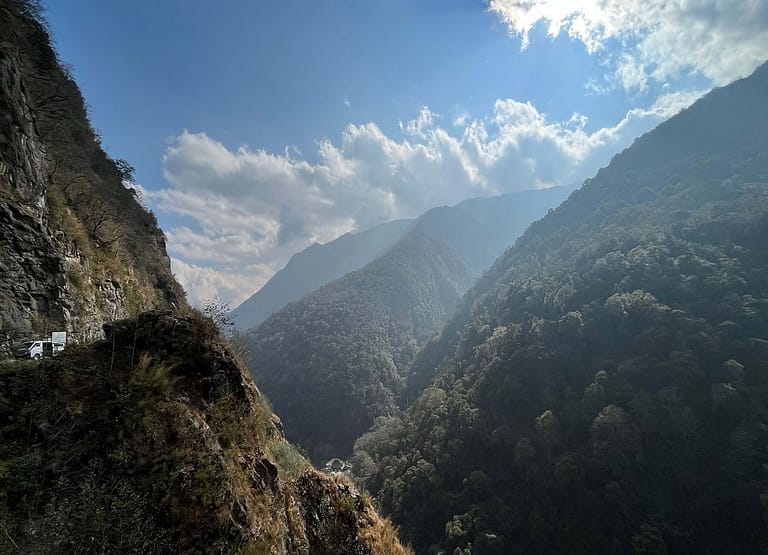Contact Us: +975- 17920418/17857895/77397369
TRASHIGANG
Trashigang, known as “The Jewel of the East,” sprawls across the farthest reaches of the kingdom, gracefully extending toward the fringes of the Indian state of Arunachal Pradesh. Embracing the distinction of being Bhutan’s most expansive district, it spans an altitudinal spectrum from 600 meters to heights surpassing 4000 meters.
Carving its path through this district, Bhutan’s mightiest river, the Dangme Chhu, bestows its life-giving flow. Perched upon a picturesque hillside canvas, Trashigang town, once a vibrant hub where traders converged to exchange their treasures on the Tibetan plateau, tells tales of commerce and culture. A pivot of connectivity today, it marks the juncture where the East-West highway converges, weaving roads that thread through Samdrup Jongkhar and into the realms of the Indian state of Assam.
Within this dynamic tapestry, Trashigang town emerges as the vibrant core of market activity, a thriving epicenter resonating with the vivacity of life. It is here that the semi-nomadic denizens of Merak and Sakteng find their rendezvous, adorning themselves in attire that diverges boldly from the customary Bhutanese Gho and Kira. In this realm where tradition thrives and modernity meets heritage, Trashigang stands as the captivating gateway to an Eastern narrative like no other.
PLACES TO VISIT IN TRASHIGANG
Trashigang Dzong or ‘The Fortress of the Auspicious Hill’ was built in 1659 as a defense against Tibetan invasions. This imposing fortress is strategically situated high atop a spur overlooking the Dangmechu River.
According to legend, it is said that upon seeing the Dzong, invading Tibetan armies remarked that the Dzong was “not on the ground. It is a Sky Dzong” before retreating. It has been the political stronghold of Eastern Bhutan for over 300 years.
Mount Meru is the site of the palace of the Druk Chhoglay Namgyal, which translates to “Victory of Bhutanese over enemies in all directions”. It is accessible only from the north, via a narrow road, paved by blasting through the cliff-side. Due to its location, Trashigang Dzong is one of the most strategically placed Dzongs in Bhutan. The present Dzong was enlarged by Dzongpon Dopola in 1936.
Trashigang is home to the Sakteng Wildlife Sanctuary. The Sakteng Wildlife Sanctuary, one of ten protected areas of Bhutan, was created in part to protect the migoi, a type of yeti, in whose existence most Bhutanese believe. The sanctuary covers the eastern third of the district (the gewogs of Merak and Sakteng), and is connected via biological corridor to Khaling Wildlife Sanctuary.
Radhi village is famous for two things, its rice fields and the skill of its weavers. It is often known as the ‘Rice Bowl of the East’ because of its verdant rice fields that supply most of the grain to eastern parts of the country.
The village has around 200 households, all of which the people make living from fine raw silk or bura textiles during the off-agricultural seasons. All textiles produced in Radhi are made using the traditional back-strap loom and traditional dyes. As a result, Radhi village produces some of the most authentic high quality raw silk textiles in Bhutan.
Kanglung is a town in eastern Bhutan, located in Trashigang District. Sherubtse College, one of the oldest colleges under the Royal University of Bhutan is also located in this town.






